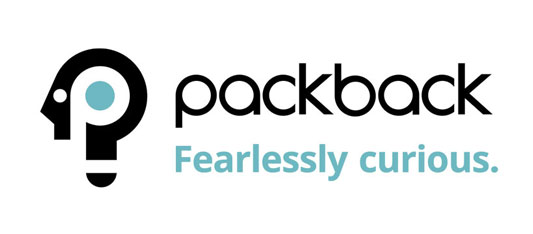 |
| photo credit:expal.com |
Understanding the Different Types of Communication: Interpersonal, Group, and Public
Communication is a vital part of human interaction, helping us share information, express ideas, and build relationships. Depending on the context and audience, communication can take various forms—interpersonal, group, or public. Each type has unique characteristics that shape the way messages are exchanged and understood. In this article, we will explore these three forms of communication, outlining their key differences and importance in different settings.
Interpersonal Communication
Interpersonal communication is the exchange of information between two or more people, often focusing on one-on-one interactions. This type of communication is not limited to words alone; it involves both verbal and non-verbal cues like body language, facial expressions, and tone of voice. Whether in personal relationships, such as friendships or family interactions, or professional settings like meetings and interviews, interpersonal communication is foundational for creating and maintaining connections.
Effective interpersonal communication relies on clear messaging, active listening, and an understanding of non-verbal cues. For instance, when discussing a sensitive topic, a warm tone and open body language can help convey empathy, while crossed arms or a stern voice might create tension. This personal level of communication is crucial in developing trust and fostering meaningful relationships.
Group Communication
Group communication involves the exchange of messages among multiple individuals, usually between three and twenty people. The goal is often to share information, generate ideas, solve problems, or achieve common objectives. This type of communication is common in settings such as team meetings, project collaborations, and social gatherings.
Unlike interpersonal communication, which focuses on personal relationships, group communication emphasizes collective participation and cooperation. Members of a group contribute ideas, offer feedback, and engage in discussions to move toward a shared goal. Effective group communication requires active participation from all members, clear direction from leaders, and an environment that encourages open dialogue. Success in group communication often hinges on collaboration and the ability to listen to and build on each other’s contributions.
Public Communication
Public communication, or public speaking, is the act of sharing information with a large audience. This form of communication typically involves a speaker addressing a crowd to inform, persuade, or entertain. Public communication is commonly seen in speeches, presentations, conferences, and public announcements.
Unlike the interactive nature of group communication, public communication is usually one-way, with the speaker delivering a message to an audience without expecting direct feedback during the presentation. The focus is on delivering a clear, impactful message that resonates with a large number of people. Effective public speakers use a combination of verbal and non-verbal communication, such as storytelling, visual aids, and vocal tone, to engage and hold the audience’s attention.
Key Differences in Communication Types
Each form of communication serves a different purpose and context, with key distinctions in how messages are conveyed and received:
Interpersonal vs. Group Communication: Interpersonal communication usually occurs between two people, with a focus on building relationships and personal interactions. In contrast, group communication involves multiple individuals working together to achieve common goals. While interpersonal communication is more intimate and personal, group communication is about collaboration and collective decision-making.
Interpersonal vs. Public Communication: Interpersonal communication is typically private and involves a back-and-forth exchange, fostering closeness and connection. Public communication, on the other hand, is directed at a larger audience and is often more formal, with the speaker having less direct interaction with the listeners.
Group vs. Public Communication: Group communication is interactive, with participants actively exchanging ideas and working together. Public communication is generally one-sided, with a speaker presenting information to an audience that may not have the opportunity to respond immediately. While group communication fosters discussion and collaboration, public communication aims to inform or persuade a broader audience.
Conclusion
Understanding the differences between interpersonal, group, and public communication helps us navigate various social and professional environments more effectively. Whether we're building personal relationships through interpersonal communication, collaborating in a team setting, or delivering a public speech, each form of communication plays a crucial role in how we connect with others and achieve our goals. By mastering these communication styles, we can enhance our ability to convey ideas clearly, work efficiently with others, and engage audiences on a larger scale.
Here are 12 open-ended questions exploring the definition of communication:
- How would you define communication in your own words, and what key elements do you believe are essential for effective communication?
- In what ways do non-verbal cues like body language and facial expressions contribute to the overall process of communication?
- How does the context in which communication occurs influence the way messages are interpreted?
- Can you describe a situation where communication was misunderstood, and what factors might have contributed to that misunderstanding?
- How does the relationship between communicators impact the way messages are delivered and received?
- What role do emotions play in the way we communicate with others, and how can they enhance or hinder communication?
- How do you think cultural differences affect the definition and practice of communication?
- In your opinion, what is the most important aspect of communication: the message being conveyed or how it is delivered? Why?
- How do digital and analog communication methods differ, and what are the strengths and weaknesses of each?
- How would you describe the role of active listening in the communication process, and why is it important?
- How does technology, such as social media or messaging platforms, change the way we define and practice communication?
- What are the most significant challenges in defining communication across different disciplines, such as interpersonal, group, and public communication?
Source: Conversation with Copilot, 9/8/2024





